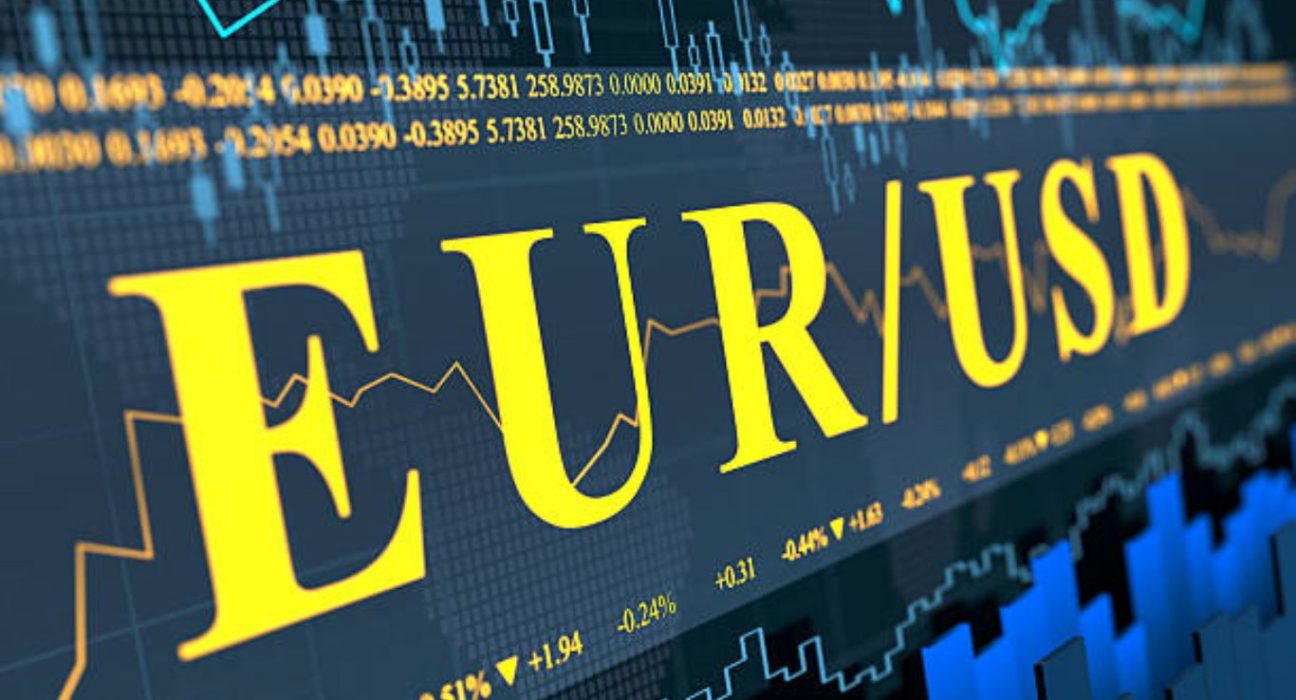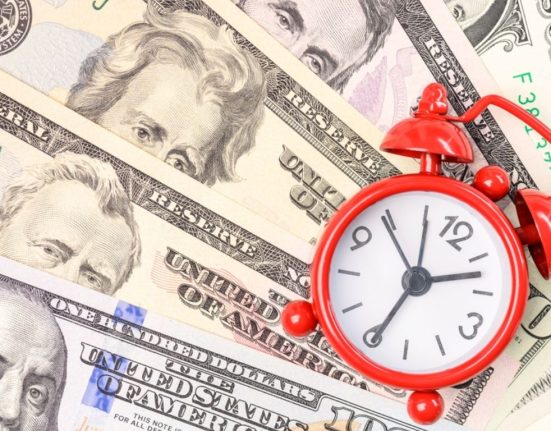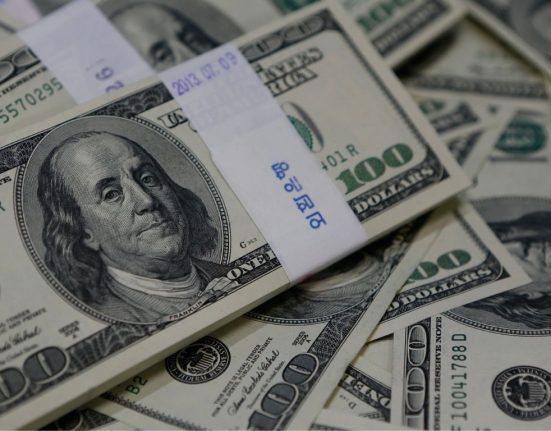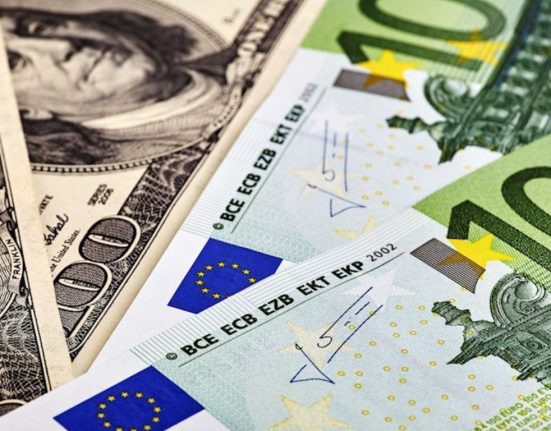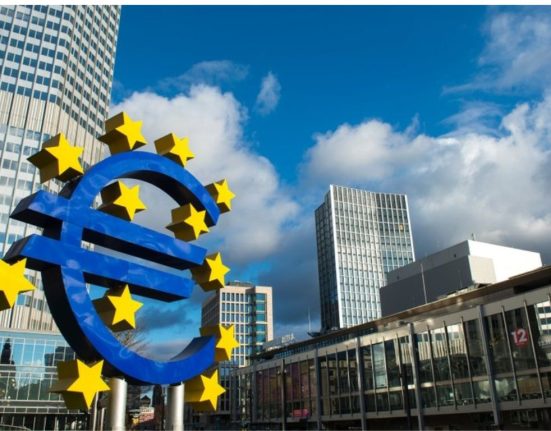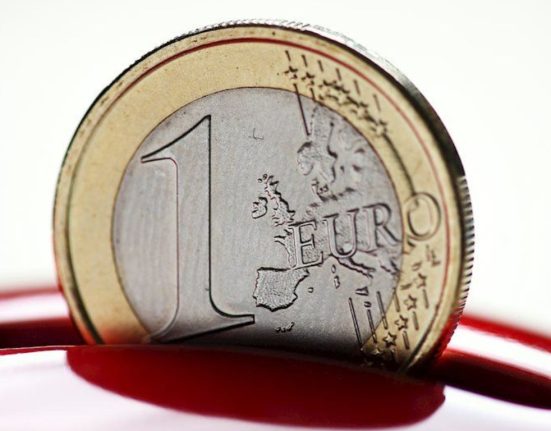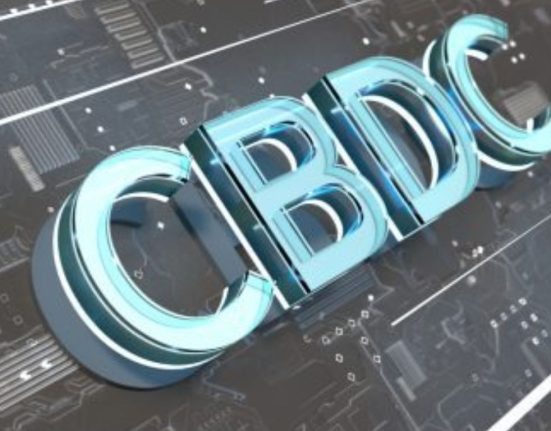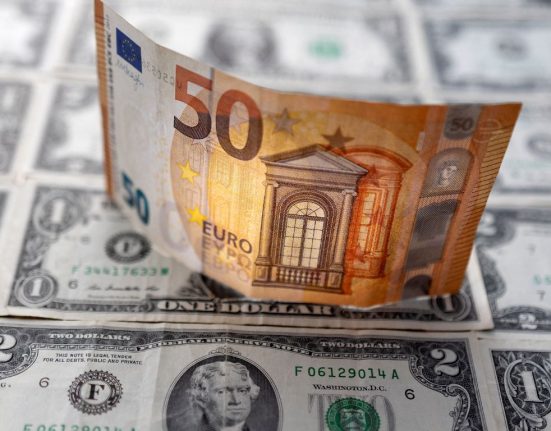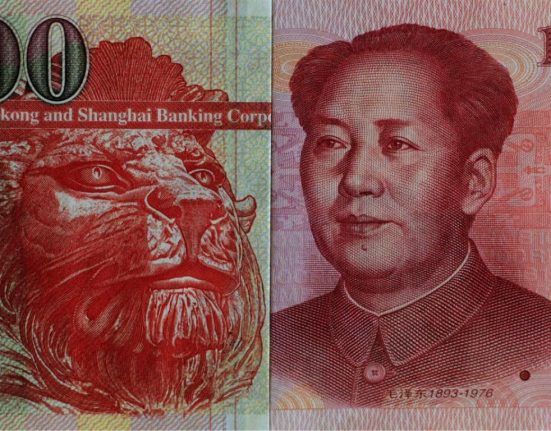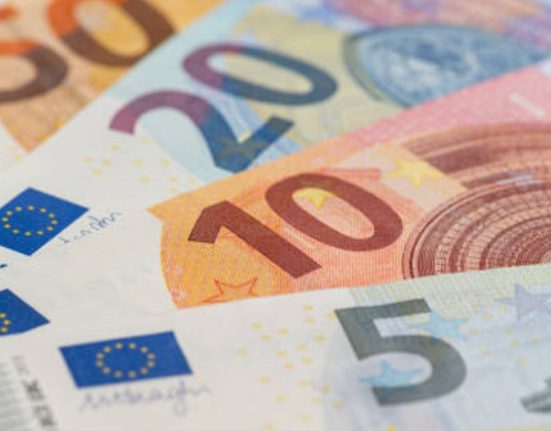Introduction
The EUR/USD exchange rate has been exhibiting a turbulent pattern, characterized by alternating rises and falls, as the United States and Europe grapple with inflation targeting measures. While the US economy displays encouraging indicators, Europe seems to be moving in the opposite direction, making it increasingly difficult to implement sustained rate hikes.
Factors Impacting the EUR/USD Exchange Rate
Several factors contribute to the wavy movement of the EUR/USD exchange rate. Key among these are the economic conditions in the United States and Europe, particularly their approaches to combatting inflation.
US Economy Shows Positive Signs
The United States has witnessed positive developments in its economy, boosting the value of the USD against the EUR. Various factors contribute to this optimism, such as robust job growth, increasing consumer spending, and the successful implementation of fiscal stimulus packages. The Federal Reserve’s proactive approach in managing inflation expectations and its gradual tightening of monetary policy have also bolstered the USD.
Europe Faces Economic Challenges
In contrast to the US, Europe confronts economic challenges that have contributed to the weakening of the EUR. The region’s recovery from the pandemic has been slower, partly due to delays in vaccine distribution and the resurgence of COVID-19 cases. Additionally, supply chain disruptions, rising energy costs, and labor market constraints have hampered Europe’s economic rebound. These factors, combined with differing monetary policy strategies among European Central Bank (ECB) members, create an uncertain outlook for the EUR.
Divergent Monetary Policies
Another significant factor affecting the EUR/USD exchange rate is the divergence in monetary policies between the Federal Reserve and the ECB. The Federal Reserve has been gradually tapering its bond-buying program and signaling potential interest rate hikes in response to inflationary pressures. This stance has generated confidence in the US economy and attracted foreign investments, driving up the value of the USD.
In contrast, the ECB has maintained an accommodative monetary policy, with continued bond purchases and historically low interest rates. Some ECB members advocate for a more cautious approach, given the challenges faced by the European economy. This disparity in monetary policy outlooks between the US and Europe further contributes to the volatility of the EUR/USD exchange rate.
Inflation Targets and Rate Hike Prospects
The pursuit of inflation targets by both the US and Europe also plays a significant role in the fluctuation of the EUR/USD exchange rate. The Federal Reserve has acknowledged the need to address rising inflation and aims to maintain price stability through a combination of tightening monetary policy and carefully managing inflation expectations. As the US economy shows signs of resilience, the likelihood of sustained rate hikes strengthens, attracting investors to the USD.
Conversely, Europe’s inflationary landscape presents a more challenging scenario. Persistent inflationary pressures and uncertainty regarding the timing and magnitude of the ECB’s response make sustained rate hikes a harder sell. Policymakers in Europe are cautious about the potential negative impact on economic growth and employment. The contrasting approaches to inflation targeting further contribute to the wavy movement of the EUR/USD exchange rate.
Market Sentiment and Investor Behavior
Market sentiment and investor behavior significantly influence the EUR/USD exchange rate. Traders closely monitor economic data, policy announcements, and geopolitical developments to assess the relative strength of the US and European economies. This constant evaluation leads to fluctuations in investor sentiment, prompting shifts in capital flowsand impacting the EUR/USD exchange rate. As positive news emerges from the US, investors may favor the USD, causing the EUR to weaken, and vice versa.
Future Outlook and Implications
The future trajectory of the EUR/USD exchange rate will depend on a multitude of factors, including economic indicators, monetary policy decisions, and market sentiment. If the US continues to demonstrate robust economic growth and the Federal Reserve follows through with rate hikes, the USD may strengthen further against the EUR.
In contrast, Europe’s recovery could gain momentum as vaccination rates increase and economic challenges are gradually overcome. However, the ECB’s cautious approach to tightening monetary policy may limit the EUR’s upward potential. Supply chain disruptions, energy costs, and labor market constraints will also need to be addressed for a sustained European economic revival.
Conclusion
The EUR/USD exchange rate exhibits a wavy pattern as the United States and Europe pursue inflation targets with different economic outlooks. The US economy shows positive signs, contributing to the strength of the USD, while Europe faces challenges that hinder sustained rate hikes. Divergent monetary policies, inflation targeting approaches, and market sentiment all play a role in shaping the fluctuating EUR/USD exchange rate. Traders and investors will continue to closely monitor economic developments and policy decisions to navigate this volatile currency pair.
